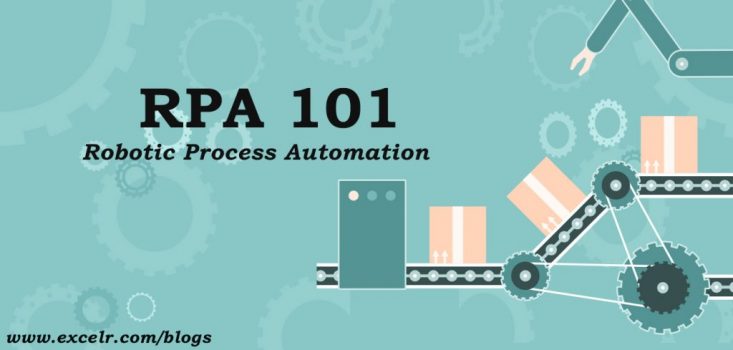RPA stands for Robotic Process Automation.
In recent times, this technology has evolved into a robust and useful approach for businesses in every industry. RPA is defined as “the automation of industrial and clerical processes using robots.” Human beings can train RPA systems and process robots to perform industrial tasks and workflows. This results in significant savings in terms of time utilization, resource optimization, and cost savings. Businesses that routinely undertake volumes of routine, repetitive, and manual back-office tasks can benefit by implementing Robotic Process Automation. The telecommunications, banking, insurance, manufacturing, retail, transportation, and utilities industries can harness the power of RPA to gain significant process advantages. RPA entails rules-based automation that should be premised on accurate programming and planning. This implies that a small error in programming can cast heavy impacts on industrial processes. Some of the notable points related to RPA implementation include:
-
Too many process changes – Robotic systems are best applied to mature processes that operate on consistent rules and can enforce system stability. These conditions enable robotic systems to attain high levels of process efficiency and can lead to better business outcomes. Hence, enterprises and businesses that create too many changes and frequently upgrade processes can confuse RPA systems leading to negative outcomes.
-
Unprepared organization – Prior to investing in large RPA systems, businesses must ensure their employees understand automation, its applications, and attendant risks. Employees need assurance that their livelihoods do not face a threat from RPA technologies. RPA adoptions gain true success when business operators embrace the technology and remain prepared for changes wrought by automation. Deloitte notes that “a robot can cost 10% to 20% of the cost of an onshore full-time employee in high-cost locations”
-
Eschew rapidity – RPA applications should be ideally applied first to simple industrial or business processes. Following their success, businesses can build in additional complexity and rules. This ensures that businesses are working on a strong foundation. Businesses can integrate different robotic processes in small iterations and then create an end-to-end solution.
-
Platform is the enabler – Businesses must select the correct automation platform to ensure the success of a RPA deployment. Many factors must be considered; these include ease of use, stability, support, system architecture, hosting requirements. These inputs play an active role in finalizing the RPA tool. Members within the implementing organization must understand key dependencies, the inherent limitations, and possible exceptions before they arrive at platform costs.
-
Focussed change management – RPA implementations require businesses to undertake a focused process of change management. An evolving process landscape may require multiple changes. This may stem from the many triggers related to systems, applications, process, policies, data, etc. In light of this, businesses must ensure that robots are managed in terms of both knowledge and skills. In addition, businesses must set in stone the manner of delivery entrusted to RPA systems. These represent key tasks in RPA deployment in any industry. Therefore, businesses must successfully anticipate and project the impact of RPA prior to arriving at a final design for implementing automation.
In recent times, RPA vendors are working to incorporate higher-order work into robotic processes. These involve the higher faculties of judgment and perception. Consequently, the vendors are incorporating cognitive technologies such as machine learning, speech recognition, and natural language processing in robotic process automation systems. Such developments may help to “automate perceptual and judgment-based tasks” which were once the preserve of human beings. For instance, Blue Prism and IBM Watson have teamed to extend the cognitive capabilities of RPA systems for the benefit of clients. These developments are helping enterprises to become fully digital businesses.











